Home » Cap & Accessories » Tin Twist Off Caps
Newray provides matching lids for all customers’ glass products. The tinplate lids we provide come from a lid factory with high quality assurance, and provide professional test reports. The products can pass European and American standards.
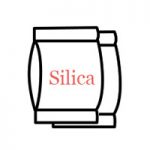
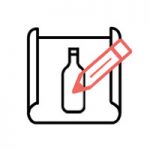
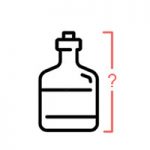
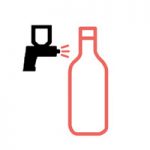
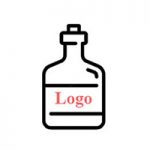
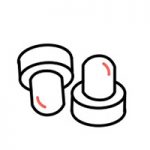
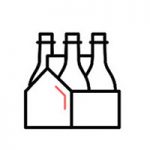

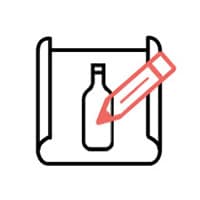
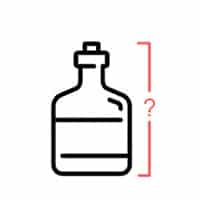
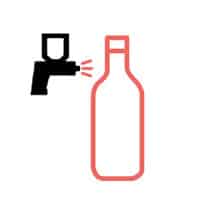

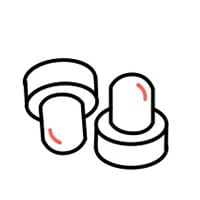
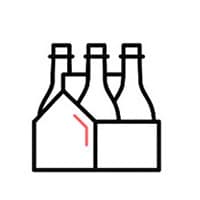
We can provide various types of tinplate lids of DWB, RTO, DTO, RTB, DWO, MTO, and RSB, with sizes of 30mm 38mm 43mm 48mm 53mm 58mm 63mm 66mm 70mm 82mm 100mm 110mm, etc.
All lids can be customized in color and printing.
Welcome to our company to customize tinplate lids. We also accept customization of various glassware and provide a one-stop service.
Didn’t find what you were looking for? Feel Free to Contact us!
| ITEM | Style | Diameter (mm) | Height (mm) |
|---|---|---|---|
| 30 | MTO、MTB | 33.55 | 12.65 |
| 30 Deep | DWO、DWB | 33.55 | 14.5 |
| 38 | RTO、RTB | 42.05 | 9.65 |
| 43 | RTO、RTB | 44.75 | 8.6 |
| 48 | RTO、RTB | 49.85 | 8.6 |
| 53 | RTO、RTB、RTS、RSB | 56.25 | 9.7 |
| 58 | RTO、RTB、RTS、RSB | 60.15 | 9.7 |
| 63 | RTO、RTB、RTS、RSB | 66.35 | 9.7 |
| 63 Deep | DWO、DWB | 66.35 | 14.5 |
| 66 | RTO、RTB、RTS、RSB | 69.25 | 9.7 |
| 70 | RTS、RSB | 73.25 | 9.7 |
| 77 | RTS、RSB | 80.03 | 9.8 |
| 82 | RTS、RSB | 85.05 | 10.9 |
1. The raw material of the iron sheet of the lid is tin-plated deep-drawn iron, which is resistant to stretching and has good anti-rust performance. The special printing process does not damage the gloss and is not matte.
2. The paint process of the lid surface uses imported environmentally friendly paint, and is printed with domestic advanced equipment. The color is bright and bright, does not fade, has good texture, and the color and pattern can be customized.
3. International universal lid type, different sizes and specifications are optional, and three-claw, four-claw, and six-claw designs are used according to the size.
4. The primer inside the lid uses professional anti-rust paint + internal coating to ensure food safety.
5. The glue inside the lid uses different sealants according to the different contents of the filling and the different sterilization temperatures to ensure airtightness. And it is officially inspected every year, and all meet the hygiene standards and phthalate requirements.
The safety button (also called safety button or vacuum button) on the tinplate lid is mainly used to indicate the sealing and safety of the package. The specific functions are as follows:
1. Indicating the vacuum status
With safety button: Usually used for vacuum-sealed packaging (such as canned food). If the button in the center of the lid is raised, it means that the package may be leaking or not sealed properly; if the button is sunken, it means that the vacuum state is good and the product is safe.
No safety button: Mostly used for non-vacuum packaging or products that do not require vacuum indication (such as some beverage bottle caps).
2. Ensure product freshness
With safety button: Help consumers judge whether the packaging is intact and ensure that the food or beverage is not contaminated or spoiled.
No safety button: This type of packaging usually relies on other methods (such as sealing strips) to ensure product safety.
3. Prevent secondary contamination
With safety button: Once the package is opened, the safety button will pop up to remind consumers that the product has been opened to prevent secondary contamination.
No safety button: Usually used for disposable packaging, which cannot be restored to its original state after opening.
4. Different application scenarios
With safety button: commonly used in canned food, baby food and other products with high sealing requirements.
Without safety button: mostly used in beverage bottle caps and other products with low vacuum requirements.
The main function of the safety button is to indicate the sealing and safety of the package, and help consumers judge whether the product is intact. Whether a safety button is needed depends on the sealing requirements of the package and the characteristics of the product.